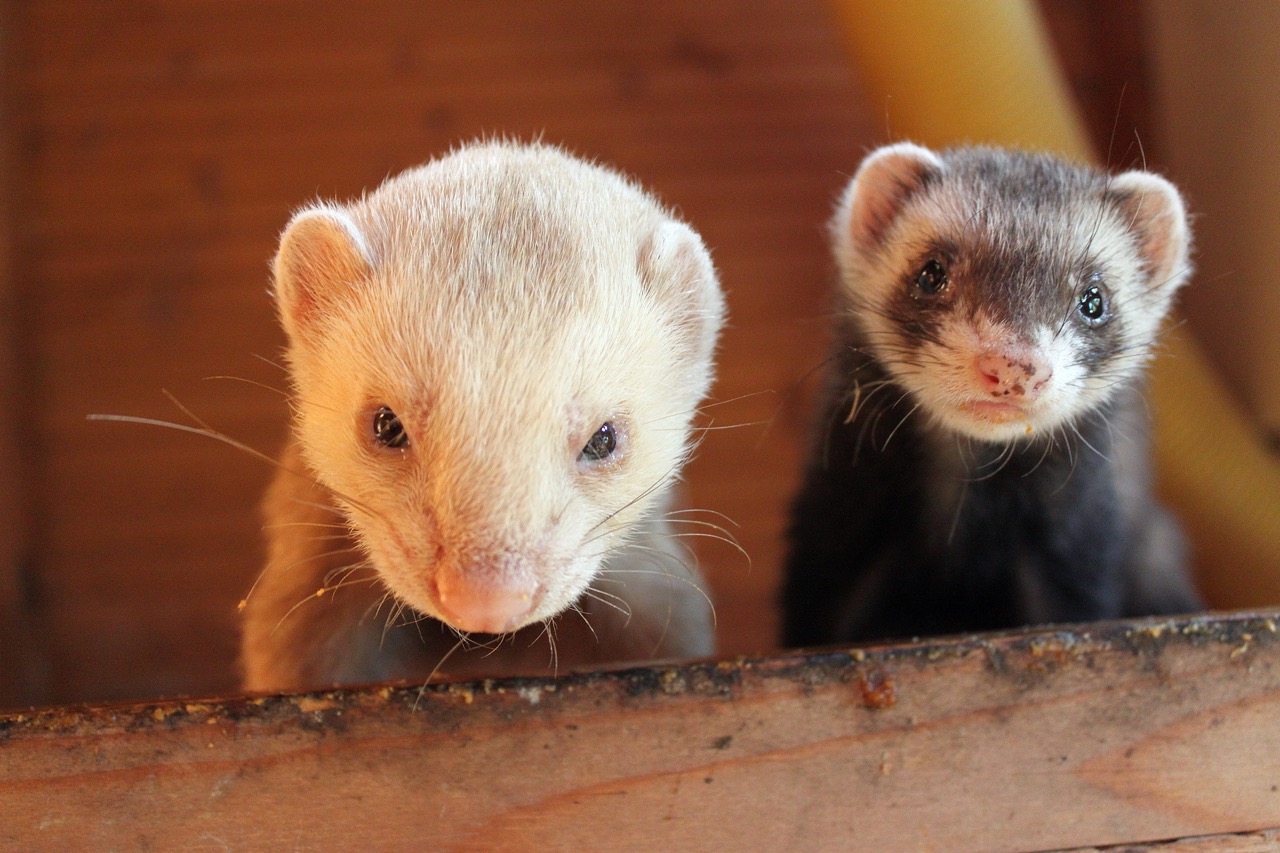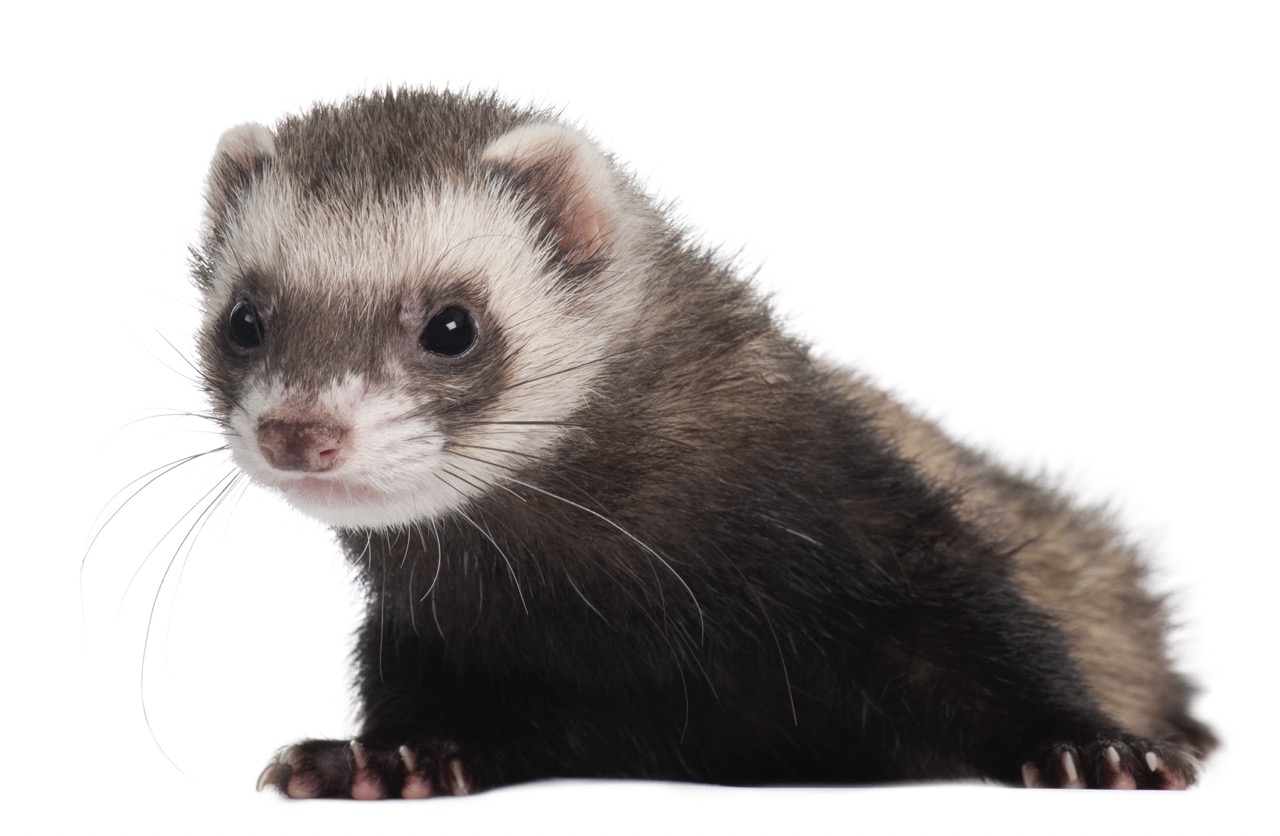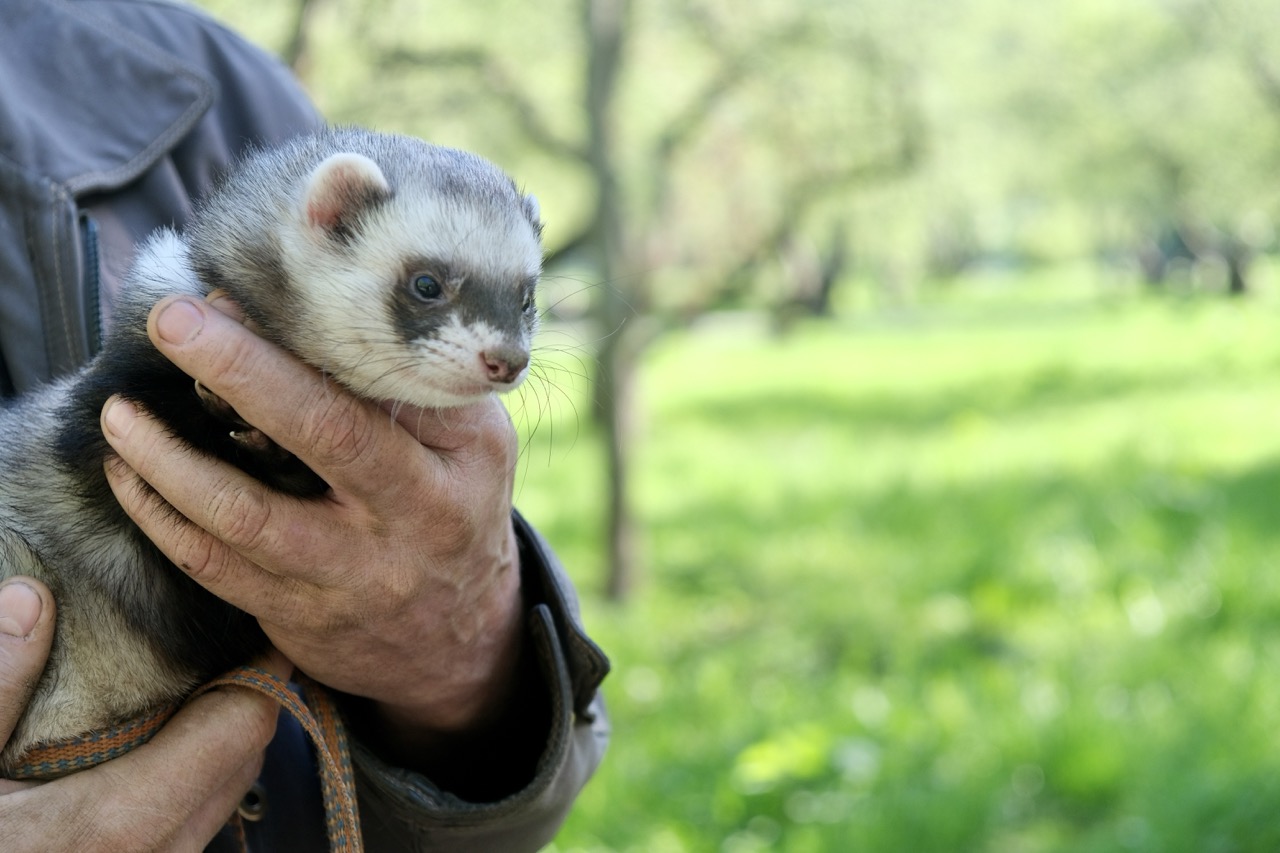Ferrets are fascinating creatures known for their playful nature and curious personalities. Their growth and development from birth to adulthood is a remarkable journey that involves distinct stages, each characterized by unique physical and behavioral changes. Understanding these phases not only enhances our appreciation of ferrets but also informs their care and nutritional needs during different life stages. This article delves into the life cycle of ferrets, outlining key milestones, dietary requirements, and preparation tips for transitioning into adulthood.
Understanding the Life Cycle of Ferrets: An Overview
The life cycle of a ferret can be divided into several key stages: neonatal, juvenile, adolescent, and adult. Newborn ferrets, also known as kits, are born helpless and rely entirely on their mothers for sustenance and warmth in the first few weeks of life. This neonatal stage lasts until they are about four weeks old, at which point they begin to open their eyes and explore their environment. The transition from the neonatal to juvenile stage is crucial as it marks the beginning of their physical and social development.
During the juvenile stage, which lasts from four weeks to six months, kits become more active and curious. They start to develop their social skills as they interact with their littermates. This stage is vital for learning how to communicate and establish social hierarchies within their group. Additionally, juvenile ferrets undergo rapid growth during this phase, and their playful behavior is often a reflection of their developing personalities.
As ferrets reach the adolescent stage, usually between six months and one year of age, they begin to exhibit more independent behavior. Hormonal changes during this period can lead to increased territoriality and a testing of boundaries. Understanding these changes is essential for owners, as they may need to adapt their training and socialization strategies to accommodate their developing ferret’s needs and behaviors. Recognizing the various stages of growth allows ferret owners to provide appropriate care tailored to each phase of their lives.
Stages of Ferret Growth: Key Milestones from Birth
The first milestone in a ferret’s life occurs at birth when kits are born blind and deaf, weighing only about 6 to 10 grams. During the first two weeks, they rely on their mother’s milk for nutrition, which is crucial for their growth and immune system development. At around three weeks, kits begin to crawl, and by four weeks, they start to open their eyes and ears, enhancing their ability to interact with their environment and littermates. This is an essential phase where they begin recognizing their mother’s scent and voice.
As they transition into the juvenile stage from four weeks to six months, ferrets experience significant physical growth. They usually reach half their adult size by about eight weeks, and their playful, social behavior becomes increasingly pronounced. This is also the stage where proper socialization is vital; interacting with humans and other pets during this time can help shape their temperament and reduce behavioral issues in the future. It’s essential to introduce various stimuli to help them adapt and develop a well-rounded personality.
By the time ferrets reach their adolescent stage at around six months, they are fully mobile and display more defined personalities. They will typically reach their full size by 12 months, although some may continue to fill out for another year. At this stage, owners may notice changes in behavior, such as increased assertiveness and a tendency to mark territory. Understanding these behaviors is important for managing their environment and ensuring they remain happy and healthy.
Nutritional Needs During Ferret Developmental Phases
Proper nutrition is critical during each developmental stage of a ferret’s life. In the neonatal phase, kits derive all their nutrition from their mother’s milk, which is rich in fat and protein, essential for their rapid growth. If a mother is unavailable, a high-quality commercial milk replacer specifically formulated for ferrets should be used. Care must be taken to monitor the kits’ weight and health, as any deviations may indicate malnutrition or other health issues.
As ferrets enter the juvenile stage, their dietary needs expand. At around three to four weeks, they should begin to be introduced to solid food, typically a high-protein, high-fat ferret food or kitten food. It’s important to choose a diet that is formulated for carnivores, as ferrets have high protein requirements and cannot thrive on a vegetarian or low-protein diet. Fresh water must always be available to ensure proper hydration, especially as they become more active and curious.
Transitioning to adulthood requires adjustments to their diet as well. Adult ferrets typically consume a diet that is lower in calories but still high in protein and fat, as they are less active than juvenile ferrets. Adult ferret foods are specifically formulated to meet their nutritional needs, and it’s essential to maintain a consistent feeding schedule to prevent obesity, which can lead to various health issues. Regular monitoring of weight and health, along with consultations with a veterinarian, can help ensure that ferrets receive the appropriate nutrition throughout their lives.
Preparing for Adult Ferret Care: Transition Tips and Insights
As ferrets approach adulthood, their care requirements shift. Owners should prepare for behavioral changes, as adolescent ferrets may exhibit more independence and assertiveness. Providing consistent training and establishing boundaries during this transition is essential in ensuring a well-behaved adult ferret. Positive reinforcement training methods can help cement good habits and teach them appropriate behaviors in various situations.
In addition to behavioral training, adjusting living conditions is crucial as ferrets mature. They require ample space to explore and play, and their environment should be enriched with toys and climbing structures to keep them physically and mentally stimulated. A secure, ferret-proofed area will safeguard against potential hazards, allowing them to enjoy their newfound independence while minimizing risks. Ensuring a safe environment is key to fostering an adult ferret’s exploration and playfulness.
Lastly, regular veterinary check-ups become increasingly important as ferrets enter adulthood. Routine vaccinations and health screenings can help detect any potential issues early on. Monitoring health and behavior changes is also essential during this stage, as many health concerns can arise in adulthood. By remaining proactive in their care, owners can ensure their ferrets lead long, healthy, and fulfilling lives.
The journey from birth to adulthood for ferrets is a fascinating process filled with significant milestones and developmental changes. By understanding each stage of their growth and providing appropriate care, including nutrition and socialization, owners can foster happy and healthy ferrets. As they transition into adulthood, awareness of their evolving needs ensures that ferrets can thrive in a nurturing environment, allowing their playful and inquisitive nature to shine through. With this knowledge, ferret owners can embrace the joy of sharing their lives with these captivating animals.










